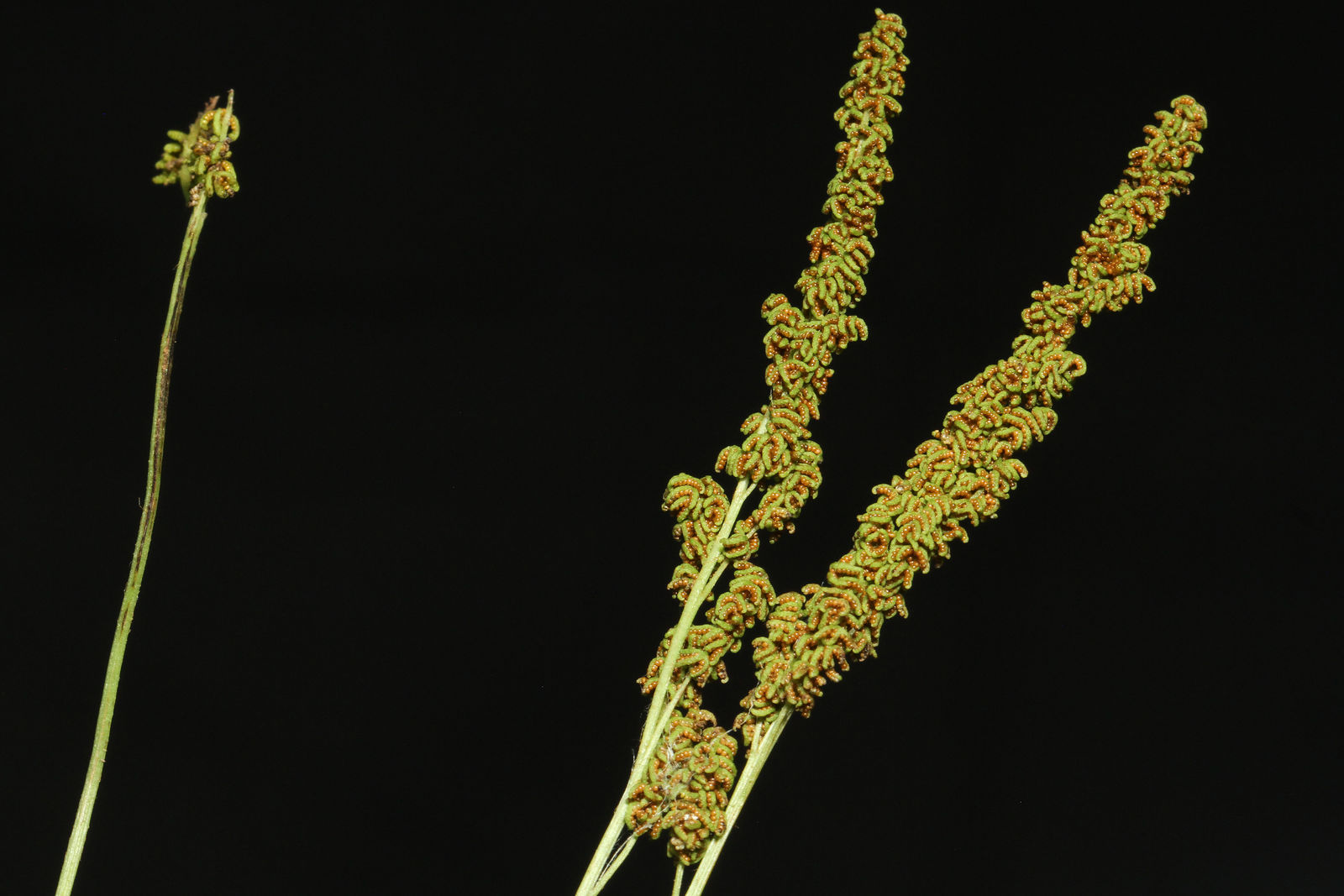Family: Schizaeaceae
Author: (L.) Sw.
Bibliography: Syn. Fil.: 156 (1806)
Year: 1806
Status: accepted
Rank: species
Genus: Anemia
Vegetable: Unknown
Observations: Mexico to Trop. America
Description
Hairy flowering fern, scientifically known as Anemia hirsuta, is a fascinating species belonging to the Schizaeaceae family. This fern is notable for its distinctive hairy texture and its exquisite, delicate fronds that give it a unique appearance among ferns.
Originating from regions extending from Mexico to tropical areas of America, Anemia hirsuta thrives in warm, humid environments. Its natural habitat consists of shaded forest floors where it can take advantage of the moist and nutrient-rich soil that these areas provide.
First documented by Carl Linnaeus and later described by Olof Swartz in 1806, this fern has garnered attention for both its botanical interest and ornamental value. The plant exhibits finely divided leaves, which are often covered in a soft, hairy layer that contributes to its common name. This feature not only aids in moisture retention but also provides a degree of protection against herbivorous insects.
Botanical enthusiasts and horticulturists appreciate the hairy flowering fern for its ability to add texture and depth to garden compositions, particularly in shaded or semi-shaded areas where other plants might struggle. It tends to flourish in environments where indirect sunlight filters through the canopy, ensuring that it receives the moderate light levels it thrives upon.
Anemia hirsuta represents a harmonious blend of aesthetic beauty and adaptability, making it a prized addition to any plant collection. Whether utilized in landscape designs or cultivated for personal enjoyment, this fern continues to captivate those who encounter it with its intricate foliage and resilient nature.
Common Names
Eng: hairy flowering fern
En: Hairy flowering fern
Synonyms
- Anemia tenella ((Cav.) Sw.)
- Anemia hirsuta f. genuina (Hieron.)
- Osmunda hirsuta (L.)
Distribution
- Bolivia (native)
- Brazil Northeast (native)
- Brazil South (native)
- Brazil Southeast (native)
- Brazil West-Central (native)
- Colombia (native)
- Costa Rica (native)
- Cuba (native)
- Dominican Republic (native)
- Ecuador (native)
- El Salvador (native)
- Guatemala (native)
- Haiti (native)
- Honduras (native)
- Jamaica (native)
- Mexico Central (native)
- Mexico Gulf (native)
- Mexico Northeast (native)
- Mexico Northwest (native)
- Mexico Southeast (native)
- Mexico Southwest (native)
- Netherlands Antilles (native)
- Nicaragua (native)
- Panamá (native)
- Peru (native)
- Puerto Rico (native)
- Trinidad-Tobago (native)
- Venezuela (native)
Additional Images
Other
Taken May 11, 2017 by OTS – Oviedo-Brenes, Federico (cc-by-nc-sa)
Taken May 11, 2017 by OTS – Oviedo-Brenes, Federico (cc-by-nc-sa)
Taken May 11, 2017 by OTS – Oviedo-Brenes, Federico (cc-by-nc-sa)
Taken May 11, 2017 by OTS – Oviedo-Brenes, Federico (cc-by-nc-sa)
Taken May 11, 2017 by OTS – Oviedo-Brenes, Federico (cc-by-nc-sa)

© copyright of the Board of Trustees of the Royal Botanic Gardens, Kew.

© copyright of the Board of Trustees of the Royal Botanic Gardens, Kew.

© copyright of the Board of Trustees of the Royal Botanic Gardens, Kew.
Sources
- WFO (No URL)
- IPNI (No URL)
- GBIF (https://www.gbif.org/species/5274885)
- POWO (http://powo.science.kew.org/taxon/urn:lsid:ipni.org:names:1109543-2)
- PlantNet (https://identify.plantnet.org/species/the-plant-list/Anemia hirsuta (L.) Sw.)





